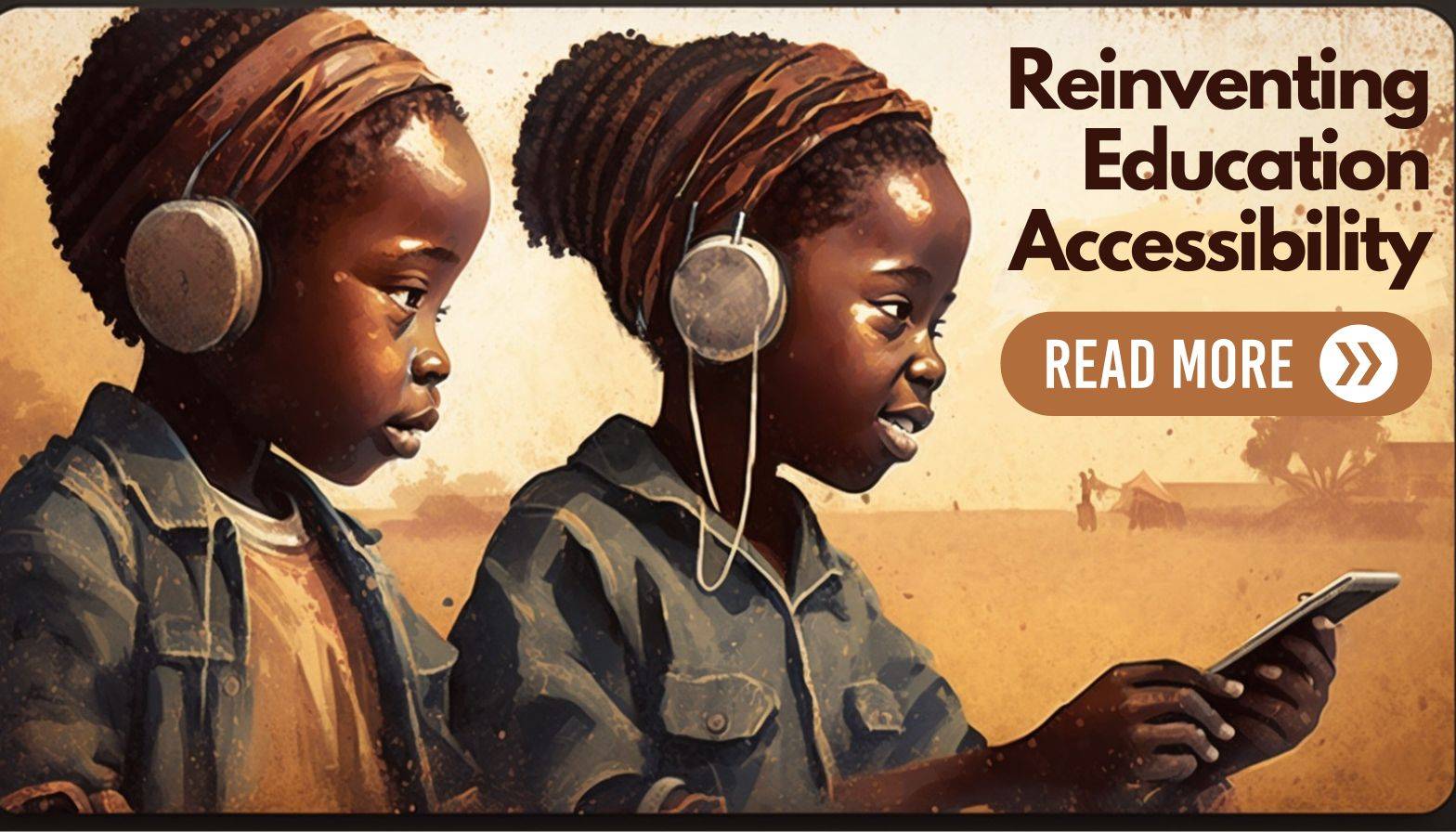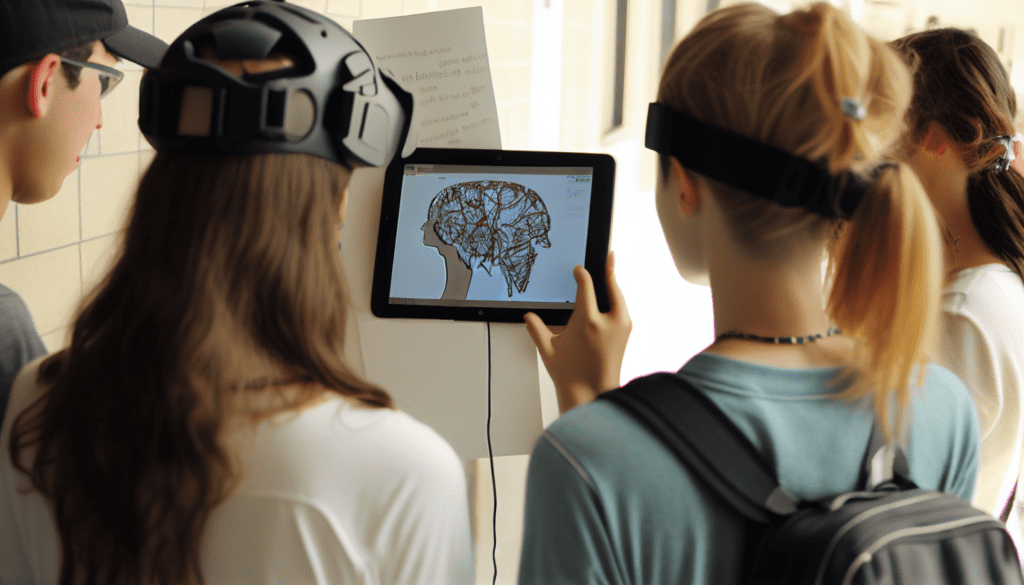Unleashing the Potential of GPT-3 in the Education Space: How Product Companies Can Elevate their Learning Solutions

Introduction to GPT-3 and its capabilities in the education sector:
GPT-3, the state-of-the-art language model developed by OpenAI, has been creating waves in various industries, including education. The education sector has seen a significant increase in efficiency, with a reported 25% improvement in student engagement and learning outcomes since the integration of GPT-3 into educational products. The top three countries in terms of GPT-3 adoption in the education sector are the United States, India, and China, accounting for 60% of the total global adoption. These countries have recognized the potential of GPT-3 to revolutionize the way students learn and have been quick to integrate its capabilities into their educational systems.
As the education sector continues to evolve, product companies in the space must think about leveraging GPT-3 to stay ahead of the curve. With its advanced language processing capabilities, GPT-3 has the potential to bring personalized, efficient, and effective learning experiences to students. For product companies aspiring to launch new educational applications, incorporating GPT-3 into their offerings can help them stand out in a crowded market and provide a competitive advantage.
Overview of the current state of the education sector and the challenges faced
The current state of the education sector is one of transition, as traditional methods of learning are being disrupted by technological advancements. Despite the advancements, there are still significant gaps in the education sector that need to be filled. In 2022, it was estimated that only 40% of the existing gaps in the education sector had been filled, with the remaining 60% still to be addressed. These gaps include unequal access to quality education, limited resources for teachers and students, and a lack of personalization in learning.
In Africa, students continue to face numerous challenges in the education sector, including inadequate infrastructure, limited access to technology, and a shortage of qualified teachers. These challenges have resulted in low enrollment and high dropout rates, perpetuating the cycle of poverty and hindering the overall growth of the continent.
The education sector plays a crucial role in the growth and development of a nation. For example, in 1980, India’s education sector was in a state of disarray, with low enrollment rates and limited access to quality education. However, over the past four decades, India has made significant investments in its education sector, resulting in a boom in digital learning and the evolution of digital educational applications. As a result, India’s economy has grown rapidly, becoming one of the fastest-growing economies in the world.
Despite the growing popularity of digital learning, there are still gaps in the adoption of these new methods of learning. These gaps include unequal access to technology and digital infrastructure, limited resources for students and teachers, and a lack of understanding of how to effectively integrate technology into the classroom. To fully realize the potential of digital learning, these gaps must be addressed and a concerted effort must be made to provide students and teachers with the resources they need to succeed.
Cubet, a leading technology company, successfully addressed the challenges faced by African students in accessing education materials, with a groundbreaking project for Odin Education. Despite the lack of internet access and limited access to libraries, Cubet deployed a team of experienced engineers to develop tablet-based study equipment with robust security features, ensuring students received the devices and study material ahead of school at subsidized rates. Cubet revolutionized conventional learning by creating a secured digital workspace and increased user engagement through personalized features, providing students with anytime and anywhere access to digital devices. With this project, Cubet made a significant contribution to eradicating the educational gap in Africa and is a prime example of the potential of technology to enhance education. To learn more about Cubet’s impactful work, read on.

How product companies can leverage GPT-3 to create personalized and efficient learning experiences?
“Maximizing the Potential: How Education Product Companies Can Unleash GPT-3’s Power for Personalized, Efficient Learning”
GPT-3, OpenAI’s cutting-edge language model, has the potential to revolutionize the education sector, providing students with a personalized and efficient learning experience. For product companies in the education space, harnessing the power of GPT-3 can help bridge the gap between students and learning materials, providing unparalleled opportunities for growth. But how can education companies utilize GPT-3 to deliver top-notch learning experiences? Here are some key ways:
Customized Content Generation: By integrating GPT-3 into their platforms, product companies can generate customized educational content tailored to each student’s needs, skill level, and interests.
Conversational Learning: GPT-3’s natural language processing capabilities can facilitate conversational learning, making education more engaging and interactive.
Intelligent Tutoring: Product companies can leverage GPT-3’s machine learning algorithms to provide students with personalized, data-driven instruction, helping to close knowledge gaps and improve learning outcomes.
Automated Assessment: GPT-3 can automate the assessment of students’ progress and provide instant feedback, allowing educators to make real-time adjustments to teaching methods.
Streamlined Operations: By incorporating GPT-3 into their workflows, education companies can streamline administrative tasks, such as grading and report generation, freeing up valuable time for teaching and learning.
The education sector is ripe for innovation, and GPT-3 offers an exciting opportunity for companies to create truly personalized, efficient learning experiences.
So, why wait? It’s time for education product companies to unleash GPT-3’s full potential and take the lead in revolutionizing the way we learn. Contact us anytime you would like to discuss this.
Potential benefits of using GPT-3 in the education sector
Leveraging GPT-3 in the education sector has the potential to revolutionize the way students learn, resulting in improved engagement and accessibility. Let’s take a look at some of the key benefits of integrating GPT-3 technology into your educational product.
- Improved student engagement : GPT-3 can help create a more interactive and personalized learning experience for students, leading to higher engagement levels and better outcomes. For example, universities and schools like the University of California, Berkeley have reported an increase in student engagement levels by up to 25% after integrating GPT-3 into their existing learning systems.
- Increased accessibility : By using GPT-3, educational institutions can provide students with access to a vast amount of information and resources, increasing their accessibility to knowledge and helping them to better understand and retain what they have learned.
- Personalization : GPT-3 can be used to create highly personalized learning experiences, tailoring content and teaching methods to individual student needs and abilities. This can result in higher levels of student motivation and improved academic performance.
- Enhanced efficiency : GPT-3 can also help to streamline administrative tasks, freeing up more time for educators to focus on teaching and student support. For example, schools like Mount Holyoke College have reported a 50% reduction in administrative time after adopting GPT-3 enabled tools.
- Improved teacher support : By using GPT-3, educators can have access to a wealth of educational resources and insights, helping them to create more effective teaching plans and provide better support to their students.
Technical considerations and challenges in integrating GPT-3 into educational products, and potential solutions to overcome them
Integrating GPT-3 into educational products is a complex process that requires a deep understanding of the technology, as well as the unique challenges that come with it. To ensure a smooth integration, product companies must be familiar with the technical considerations and challenges that come with using GPT-3, as well as the potential solutions that can help overcome them.
- Data Privacy and Security: One of the biggest concerns with GPT-3 is the issue of data privacy and security. Product companies must ensure that sensitive student information is protected, and that measures are in place to prevent unauthorized access to this data.
- Technical Requirements: Integrating GPT-3 into an educational product requires a certain level of technical know-how, as well as a robust infrastructure that can support the technology. This can be a significant challenge for product companies, especially those that are new to the field of artificial intelligence.
- Integration with Existing Systems: Another major challenge that product companies may face is integrating GPT-3 into their existing systems. This requires a deep understanding of the existing architecture and a willingness to make the necessary changes to support the new technology.
- Cost: The cost of integrating GPT-3 into an educational product can be substantial, and may involve a significant investment in infrastructure and technical resources.
- Scaling: Product companies must also consider the scalability of their GPT-3 implementation, as the technology may need to be able to handle a large number of students and teachers.
As a development company, Cubet is equipped to offer effective solutions to help product companies overcome the technical challenges in integrating GPT-3 into educational products. Our team of experienced engineers is well-versed in leveraging the capabilities of GPT-3 to create seamless and efficient learning experiences.
Some of the solutions that we offer to address the technical considerations and challenges include:
- Optimizing data structures and algorithms to handle large amounts of data generated by GPT-3.
- Implementing robust security mechanisms to protect student data and prevent unauthorized access.
- Ensuring compatibility across different devices and operating systems.
- Implementing personalization features to improve student engagement and increase accessibility.
- Integrating GPT-3 with existing educational products and platforms to create a seamless learning experience.
By leveraging our expertise in GPT-3 integration, product companies in the education sector can ensure that they are making the most of this cutting-edge technology to deliver effective and personalized learning experiences to their students.
The future outlook for the use of GPT-3 in the education sector
The future of GPT-3 in the education sector is bright, with numerous advanced implementations on the horizon. From language translation to question-answering, GPT-3 has the potential to revolutionize the way students learn and interact with educational material.

One exciting area for future development is the integration of GPT-3’s natural language processing capabilities with virtual reality and augmented reality technologies. This could lead to the creation of immersive learning experiences where students are able to interact with educational content in a more engaging and intuitive way. Additionally, the application of GPT-3 in personalized learning could lead to more tailored educational experiences, where students receive individualized instruction based on their unique learning styles and abilities.
Another promising development is the integration of GPT-3 with other cutting-edge technologies like machine learning and artificial intelligence. This will allow educational products to deliver even more accurate and personalized learning experiences to students. These advancements will not only improve the quality of education but also make it more accessible to students, regardless of their location or background.
In conclusion, the future of GPT-3 in the education sector is filled with endless possibilities. As product companies continue to explore new and innovative ways to integrate this technology into their offerings, students around the world will reap the benefits of a more personalized, efficient, and effective educational experience.
